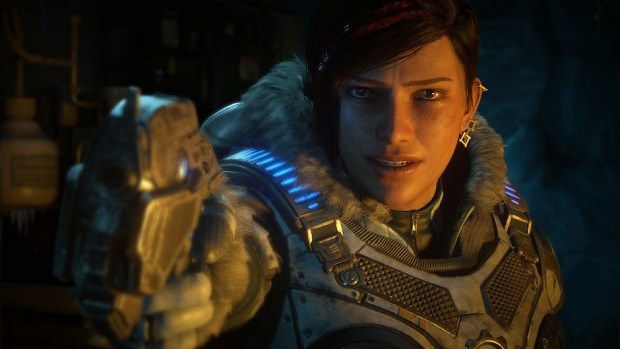Microsoft has further improved its variable rate shading (VRS) technology for significant performance gains on Xbox Series consoles.
According to a discussion held during a recent Microsoft Game Stack event (via ResetEra) earlier in the week, the improved VRS 2.0 can cut down execution times for various functions on both Xbox Series X and Xbox Series S consoles.
Doom Eternal and Gears 5, for example, saw a 33 percent boost to Nanite performance in internal tests conducted on Xbox Series X. The new VRS 2.0 technology hence allowed the console to render complex on-screen objects quicker than before, and that too without affecting the final image quality.
In another example, in-game scenes featuring day and night cycles at 4K resolution on Xbox Series X saw a boost of around 45 percent on average during the times of dawn and dusk which usually take the most amount of resources to render their long shadows.
There are similar other examples with a ton of technical jargon to swim through. The bottom line being that VRS 2.0 (or whatever numeral the improved VRS receives in the end) can help games achieve better performance metrics on Xbox Series consoles but with a marginal hit to visual quality.
In theory, the new technological improvements could be beneficial for developers when it comes to adding ray tracing to games. The lighting rendering technique is cumbersome as it is. However, VRS 2.0 could possibly help out by showcasing the same realistic lighting effects in games but at a greatly reduced cost.
